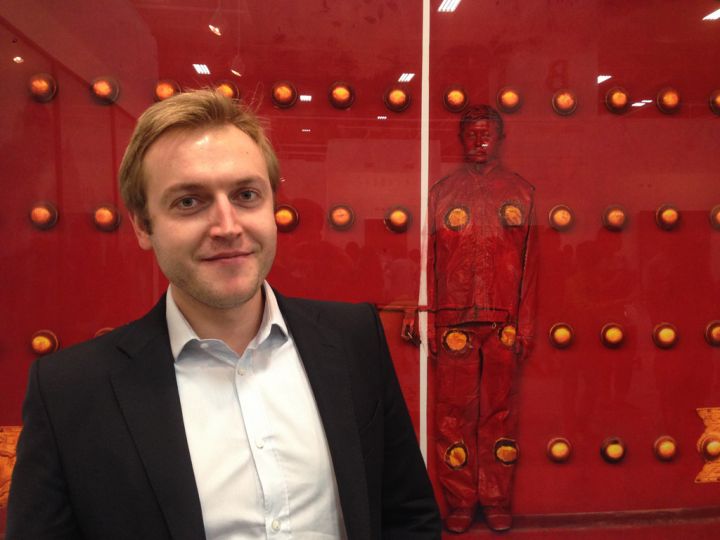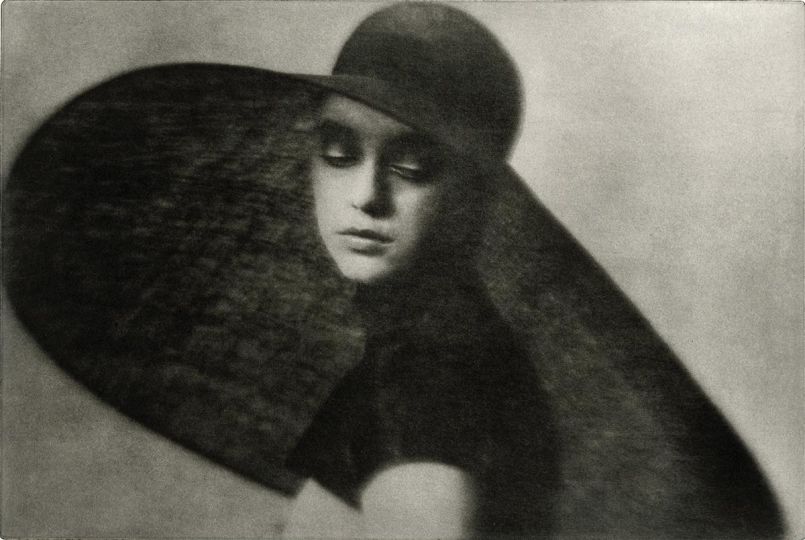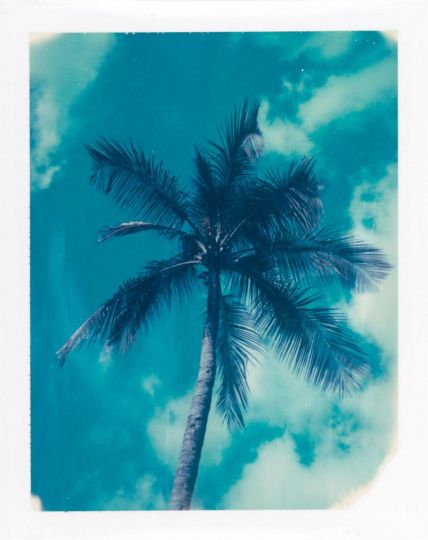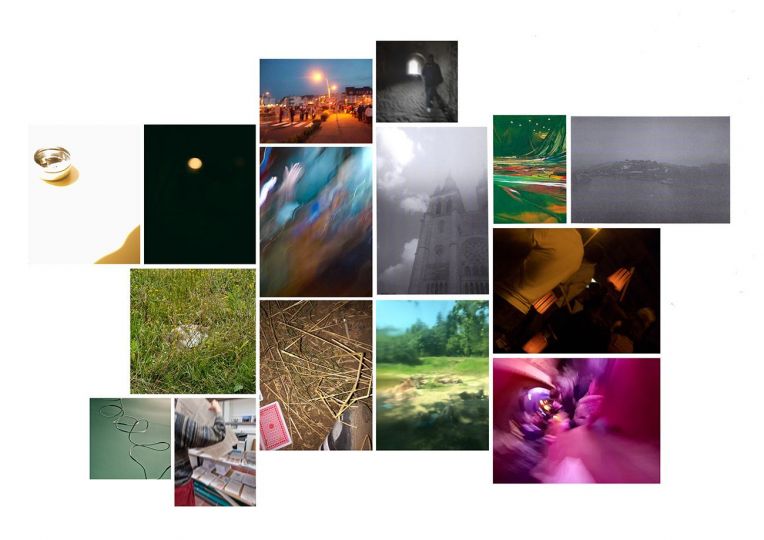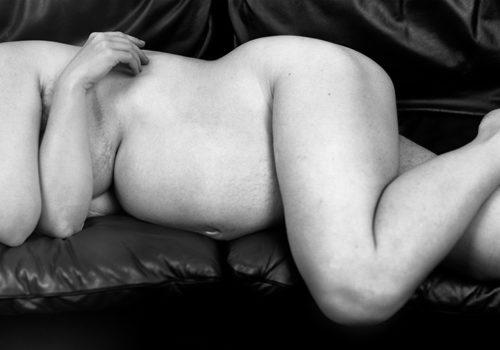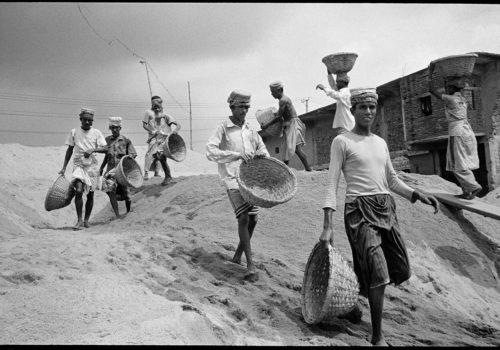Paris Photo opens this week, and galleries in France and abroad have been preparing what they plan to exhibit on their stands. One such gallery is the Galerie Paris-Beijing, one of the few galleries in Paris to be dedicated to contemporary Asian art.
Founded in 2006 by Flore and Romain Degoul, the Galerie Paris-Beijing plays a key role in the promotion of Asian photography in France. It represents around forty artists, and was among the first organizations to champion the work of internationally renowned artists like Chen Jiagang, Yang Yongliang, Wang Qingsong and Liu Bolin. The gallery has expanded to three spaces in Paris, Beijing and Brussels, and on November 20th it will open a new 400 square-meter space at 62 rue Turbigo, in Paris, with Korean Shape, featuring a selection of works from the Korean art scene.
This year, only three galleries at Paris Photo represent Chinese photography: La Galerie Paris-Beijing, the Magda Danysz Gallery and the Three Shadows +3 Gallery. With a selection of eight big names—Gao Brothers, Zhang Dali, Liu Bolin, Mo Yi, Peng Chi, Ren Hang, Ai Weiwei, Hei Yue— the gallery is presenting their work under the theme of censorship.
Marine Cabos: For Paris Photo, you’ve grouped the eight artists you’re exhibiting under the theme of censorship. Why this subject in particular?
Geoffroy Dubois: When Roman and Flore Degoul opened the gallery in Beijing in 2006, and since I joined them in Paris in 2009, we have realized that many collectors still have the same question: is there still censorship in China. We answer differently each time, and we thought that this exhibition would be a good way to answer more clearly. With this exhibition, we explore different types of censorship and the different forms that censorship can take: morality, religion, nudity, sexuality, politics. What we want to show is how Chinese artists have integrated the possibility of censorship into their work. The censorship is expressed through plays on words, references in the iconography, but also a form of self-censorship. What also interests us is how different generations of artists respond to censorship, so we began with a closed generation which had little in common with the capitalist China of today. And we end with the new generation, which has a different vision of the world, different expectations, the generation that has traveled, left China, speaks English, and is radically different from the generations that came before it.
Read the full article on the French version of L’Oeil.

